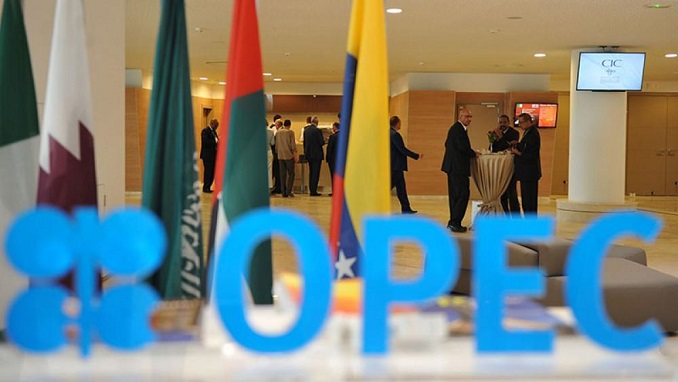Major oil producers unexpectedly stepped up their oil production for the next three months by 2 mn barrels per day, or about 2% of global consumption, despite the threat of a new wave of coronavirus and lower oil prices in recent weeks, TASS reported.
Saudi Arabia, which until now insisted on maintaining strict quotas, sharply changed its mind following the results of telephone negotiations with representatives of the United States and Russia. As a result, in May-July, OPEC+ will increase production by 1.1 mn barrels per day (bpd), and Riyadh will gradually roll back its voluntary reduction by 1 mn bpd.
The new OPEC+ approach means that over 2 mn bpd will return to the market in the next three months. Russia and Kazakhstan, which, unlike other OPEC+ countries, were able to increase production in April by 130,000 bpd and 20,000 bpd, respectively, will increase production more slowly in the next three months. Under the new agreement, Russia was given the opportunity to additionally beef up production by 114,000 bpd cumulatively in May-July.
The OPEC+ decision will allow Russia to produce an additional 1.4 mn tonnes of oil in May-June, according to Daria Kozlova from Vygon Consulting.
In her opinion, this increased production is important to ensure the domestic market and the loading of refineries before the planting season and the holiday season. Russia’s final level of oil production for 2021 will depend on further decisions by OPEC+, the expert noted, and Russian companies need more long-term signals on production recovery to the pre-crisis level.
If after July, OPEC+ will systematically step up production by 500,000 bpd per month, then Russia’s average production in 2021 should be 10.5 mln bpd, which is 7% lower than in pre-crisis 2019, Kozlova noted.












